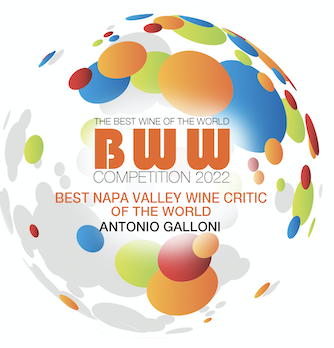My Column
Eternal Leroy: 1937-2010
I still remember the first time I visited Domaine Leroy. It was the summer of 2007. One of my best friends from business school was getting married in Paris, which made for the perfect opportunity to spend a few days in Burgundy beforehand. It was a much earlier time in my tasting and writing career. Quite honestly, I was so looking forward to this visit that I had a hard time going to sleep the night before. A few ...
